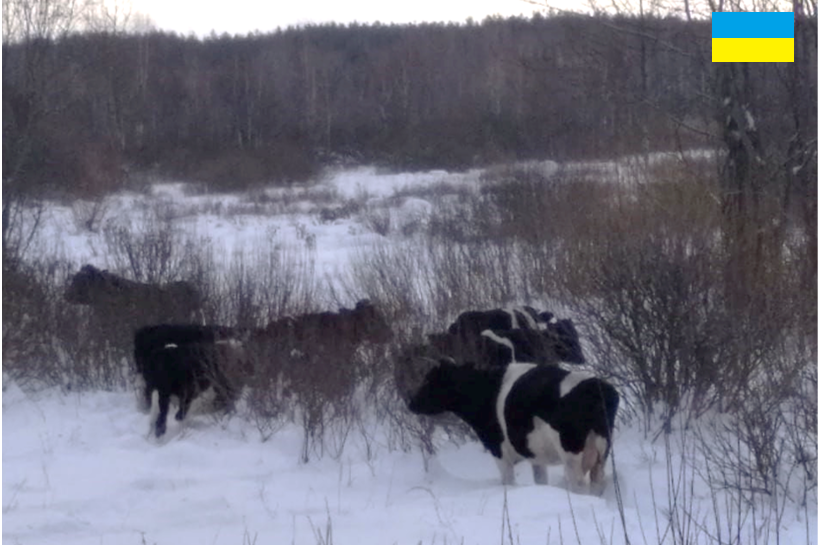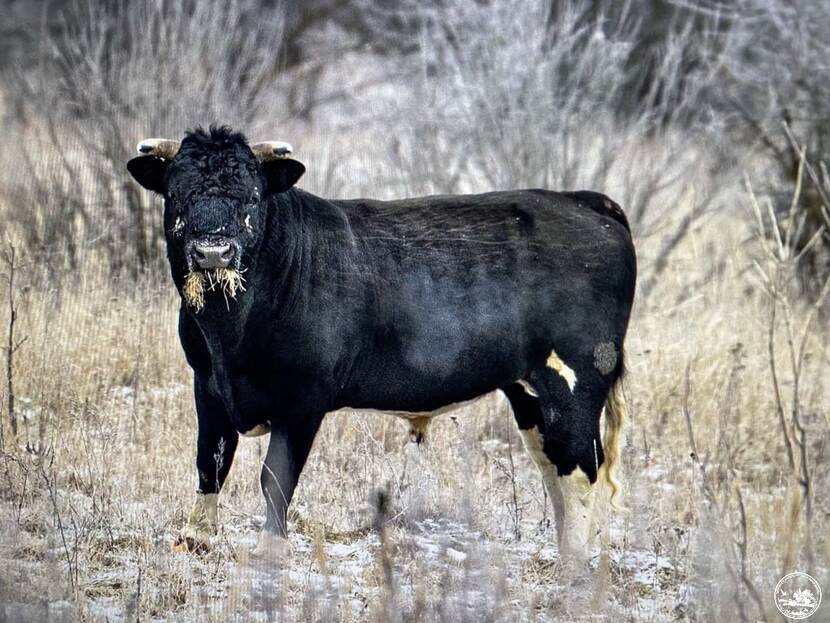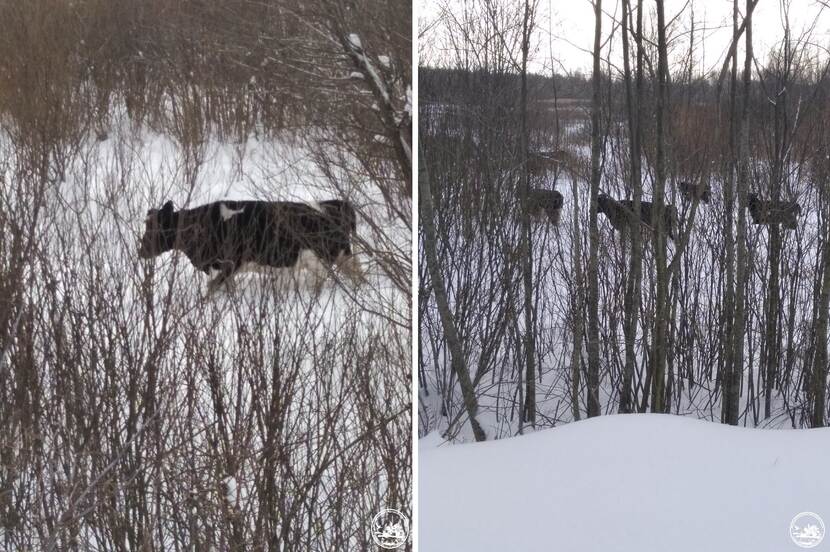Back to nature, wild cows in exclusion zone in Ukraine
Within the Chernobyl exclusion zone, a herd of cows has adapted to the wild for over eight years, an intriguing subject of study for scientists at the Chornobyl Radiation and Ecological Biosphere Reserve. This unexpected wildlife resurgence sparks curiosity about the adaptation of once-domesticated animals to untamed conditions.

For several years in a row, the scientists of Chornobyl Radiation and Ecological Biosphere Reserve have been observing a strange, as in the eyes of the average person, phenomenon: a herd of wild cows that live thiir wild life in the exclusion zone and feel great at any time of the year.
Ukrainian followers know their interesting history, but let's recall the basic facts, anticipating a flurry of questions about once-domesticated animals in the wild.

▪️ Cows were kept by people who stayed in exclusion zone after evacuation in 1986 and lived in the city of Chornobyl and the village of Lubyanka (there were 7 cows in the village). When their owners died in 2016, the herd began to live freely.
▪️ Cows belong to the Ukrainian black and spotted dairy breed common in Polissia (North of Ukraine)
▪️ Like other inhabitants of the Biosphere Reserve, wild cows often use abandoned buildings for protection from wind and precipitation.
▪️ The animals are in good condition, since there are no problems with fodder for them. In winter, when it snows, they dig up dry grass with their hooves.
▪️ Cows do not need to be milked. Their lactation cycle normalized and is linked to the birth of calves.
▪️ In pre-war times, the herd numbered up to 20 heads. The animals survived the occupation in 2022 and continue to explore their habitat in the exclusion zone.

With the beginning of the full-scale invasion of the RF into Ukraine, significant areas of agricultural land remain abandoned due to mining and destruction. It will take years to make this land suitable for economic activity again. Observations from the exclusion zone and the Chernobyl radiation-ecological biosphere reserve can explain what natural processes and transformations will occur in these territories affected by war.